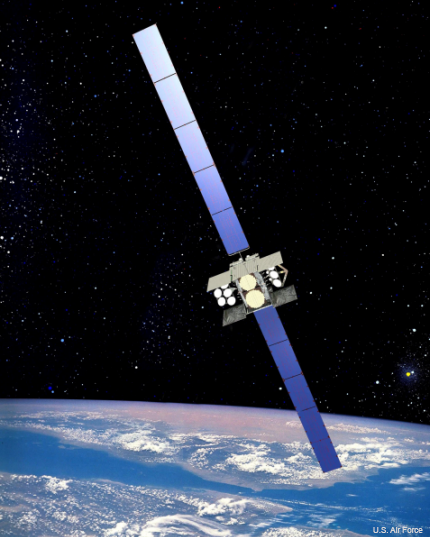Boeing claims new anti-jam capability
A new tactical waveform demonstrated by the satellite maker could be used in existing terminals and satellites.

Boeing has tested its anti-jam technology with the Wideband Global satellite, among others.
Boeing claimed this week it has demonstrated an anti-jamming capability that could help secure satellite communications using existing terminals and satellites.
Boeing's Defense, Space and Security unit, based on El Segundo, Calif., said the anti-jamming communications technology could be used as either a satellite-based networking hub or as a ground-based communications terminal. Incorporating the technology into existing terminals and satellites would also help reduce operational costs, the company claimed.
Boeing said the anti-jam technology is based on a secure tactical waveform that it said is shielded from interference. A waveform represents the shape of a propagating signal.
The anti-jam capability was recently tested between a Boeing ground terminal using a programmable modem and another ground terminal designed and built by the Massachusetts Institute of Technology’s Lincoln Laboratory. Boeing said the testing confirmed that its modem meets technical interface specifications while transmitting "information" to and from a ground terminal. The type of information transmitted was not described.
That anti-jam testing was conducted under a contract with the Air Force Space and Missile Systems Center.
Boeing said the demonstration complements previous demonstrations using various satellites, including the Boeing-built Wideband Global communications satellite used by the U.S. military for tactical C4ISR and battle management.
Those demonstrations, along with the recent test with MIT Lincoln Lab, showed "the ability to operate anti-jam waveforms over existing commercial and military spacecraft," Boeing said in a statement.
Boeing is under contract to add at least three additional Wideband Global communications satellites to the existing Defense Department constellation. Newer satellites are being upgraded with ultra-high bandwidth and data rates needed to operate new systems like unmanned aircraft, Boeing said.